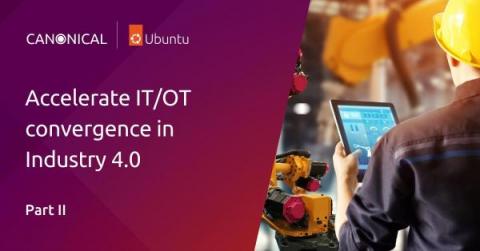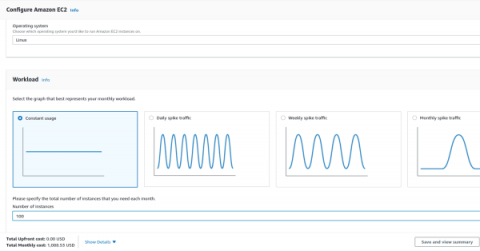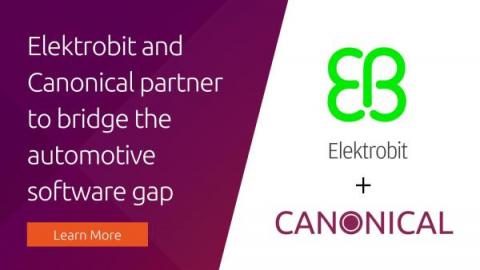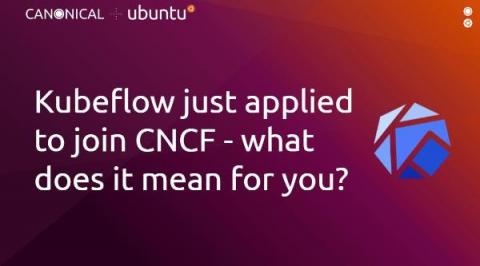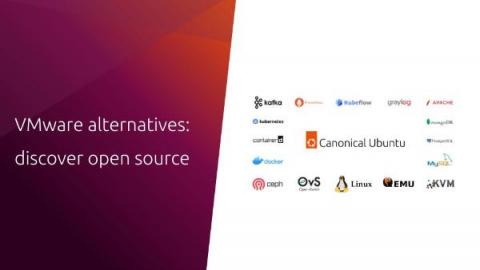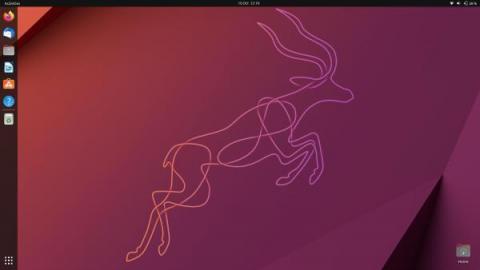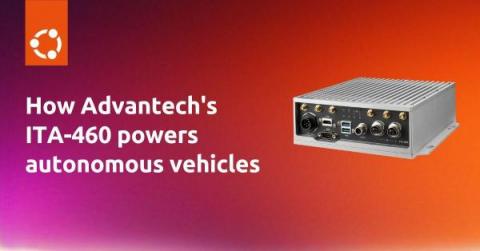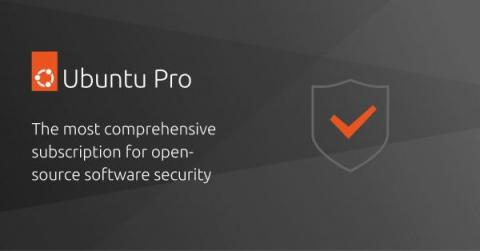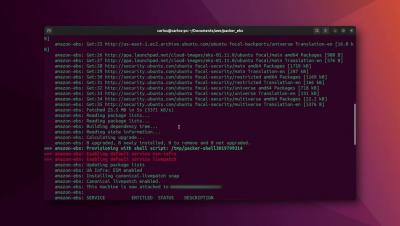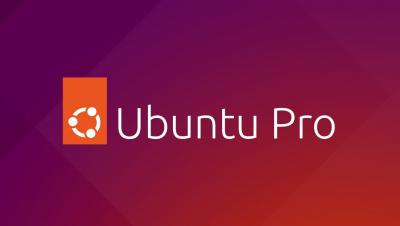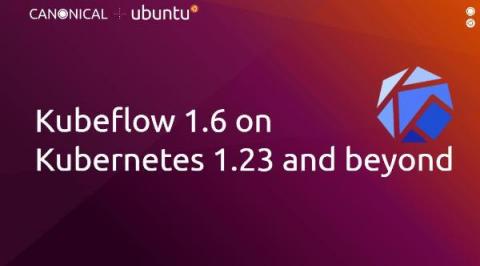Confidential computing in public clouds: isolation and remote attestation explained
In the first part of this blog series, we discussed the run-time (in)security challenge, which can leave your code and data vulnerable to attacks by both the privileged system software of the public cloud infrastructure, as well as its administrators. We also introduced the concept of trusted execution environments and confidential computing, (CC), as a paradigm to address this challenge.



